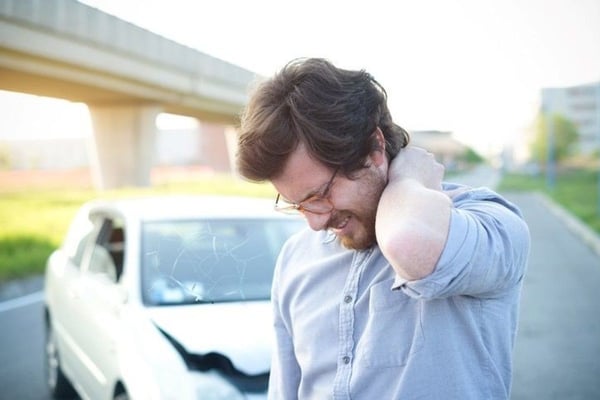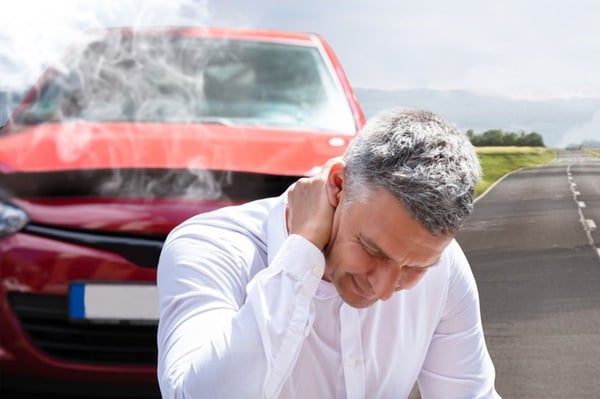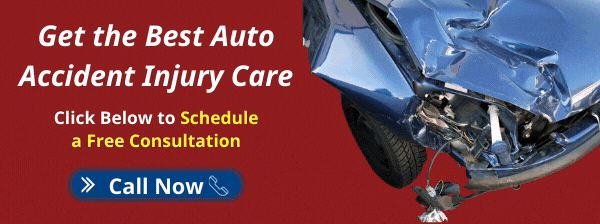Every year, hundreds of thousands of people find themselves entangled in car accidents across the United States.
The prevalence of these incidents has elevated motor vehicle safety to a primary concern for the Centers for Disease Control (CDC).
In the United States, car accidents stand as a prominent cause of fatalities, inundating hospital emergency rooms with their aftermath.
From minor fender benders to catastrophic collisions, the impact of an accident can disrupt lives entirely. If you or a loved one has recently been involved in an automobile accident, reference the five steps to take after a car accident.
An accident can lead to a myriad of consequences, from lost wages and physical injuries to enduring pain, suffering, or even permanent disability.
The first step in averting such catastrophic events is comprehending their root causes.
Motor vehicle accidents are multifaceted, involving factors such as impairment, adverse weather conditions, and various distractions, all of which will be explored further below.
Table of Contents
- Car Accident Statistics
- Distracted Driving
- Drunk Driving
- Driver Fatigue
- Speeding
- Aggressive Driving
- What Should You Do After A Car Accident?
- Visit A Car Accident Chiropractor
Car Accident Statistics
According to the National Highway Traffic Safety Administration (NHTSA), there are more than 6.5 million crashes reported annually, leading to over 2.7 million injuries and more than 36,000 fatalities. The Centers for Disease Control and Prevention (CDC) has reported that the financial cost of these crashes exceeds $75 billion annually, not to mention the immeasurable physical and emotional toll on victims and their families.
Understanding the causes of these accidents is a complex endeavor, but organizations like the CDC and NHTSA have diligently analyzed traffic accident data to shed light on contributing factors. Among these, inclement weather stands out as a significant concern.
In adverse weather, such as rain, snow, or fog, visibility decreases and road surfaces become slick, leading to an increase in the likelihood of accidents. Statistics indicate that poor weather conditions contribute to a significant portion of accidents on U.S. roads each year, emphasizing the importance of caution and preparedness when driving in challenging weather environments.
In contrast to poor weather conditions, the subsequent factors are within our control and have substantial impacts on road accidents in the United States.

Distracted Driving
Even in the era preceding cell phones, distracted drivers have long been a primary contributor to car accidents. However, the proliferation of cell phones and other technologies has exacerbated the issue and become another dangerous behavior to account for.
Observing individuals texting, scrolling through social media feeds, or even recording content for social platforms while driving has become all too common.
The peril of distracted driving lies in the insidious nature of the habit: the more it occurs without consequence, the more deeply ingrained it becomes.
Many drivers develop a false sense of mastery in multitasking behind the wheel, believing they can effortlessly make calls, send texts, peruse articles, or snap photos while driving.
Yet, inevitably, these behaviors will catch up with them.
If the need arises to attend to something while driving, it's imperative to pull over to a safe location on the side of the road.
Otherwise, it's advisable to postpone such activities until reaching the destination.
Drunk Driving
Driving under the influence (DUI) of alcohol is a severe offense with far-reaching consequences for road safety and legal implications.
Safe driving necessitates sharp concentration, quick decision-making, and adept reactions to unforeseen circumstances—skills significantly compromised by intoxicated drivers.
Operating a vehicle while under the influence of drugs or alcohol not only endangers oneself but also poses significant risks to others on the road.
Even minimal alcohol consumption can impair driving capabilities, emphasizing the imperative of abstaining from drunk driving.
The statistics underscore the gravity of the issue: drunk drivers contributed to nearly 30% of all fatal accidents in 2016.
To promote road safety and prevent tragedies, it's imperative to refrain from driving under the influence and prioritize responsible road behavior.
Driver Fatigue
Americans suffer from chronic sleep deprivation. About one-third of adults routinely get less than the recommended seven to eight hours of sleep needed to wake up alert and refreshed.
Drowsy driving is just as risky as driving drunk.
According to the CDC, a driver who has been awake for 18 hours straight has the same visual, motor, and cognitive impairments as a driver with a 0.05 blood alcohol level.
Even if you don't fall asleep at the wheel, you will still suffer from slower reaction times and confused decision-making that can lead to fatal car accidents.
To prevent accidents caused by drowsy driving, ensure you get sufficient sleep, refrain from driving at the end of a lengthy day whenever feasible, and plan long road journeys to commence shortly after waking up to minimize the risk of drowsiness during extended periods of driving.

Speeding
Speeding isn't just associated with over-excited teenage drivers who have just received their driver's license.
All age groups, not just teen drivers, put the pedal to the metal and break the speed limit for various reasons.
Maybe they're running late for work, or they are running late picking up their kids from school.
No matter the reason, the result is often a traffic crash that can cause serious injuries, like whiplash, concussions, or even death.
Having a seemingly good reason to speed doesn't make it any safer to do.
Driving faster than the speed limit is reckless driving, and the faster your car is moving, the less control you have over it if you run into something unexpected on the road or encounter poor road conditions.
Obey the speed limits to avoid tickets and because it's in the best interest of yourself and other motorists' safety.
Aggressive Driving
Getting behind the wheel while experiencing emotions like anger, resentment, and frustration can cause accidents.
Aggressive driving leads to about 5 million traffic crashes each year and more than 50% of fatal crashes are caused by aggressive driving.
Speeding is the most common form of aggressive driving.
Additional aggressive driving behavior includes lane blocking, failing to signal, failure to yield the right of way, tailgating, and disregarding traffic laws.
All of these behaviors can easily cause a crash.
The best way to combat aggressive behavior is by calming down.
Take a deep breath and relax when faced with a stressful driving environment or when you're in a mood that makes you impatient and irritable.
Getting angry behind the wheel won't accomplish anything meaningful and will likely end in disaster.
What Should You Do After A Car Accident?
If you've been in a car accident caused by someone else, you should speak to an auto accident attorney.
Auto accident lawyers help protect your rights and get you the compensation you deserve.
If you've been injured in an accident, the most important thing you can do is seek immediate medical attention. Even in cases where you may not feel physically injured following an accident, it's crucial to seek medical attention from a professional. This precautionary measure ensures that any potential injuries, even those not immediately apparent, can be identified and addressed promptly.
Some injuries, such as whiplash or internal trauma, may not manifest symptoms right away but could worsen over time if left untreated. Additionally, a medical evaluation provides documentation of your condition, which can be important for insurance claims or legal proceedings should complications arise later on.
A chiropractor is a great doctor to visit after road accidents.
Your chiropractor will adjust your spine if needed and can recommend soft tissue therapies to help aid in relief from any pain or discomfort you may be having.
Your chiropractor can also give nutritional counseling and prescribe exercises that will help to aid in the healing process and help you regain a full range of motion.
Early care and treatment after an accident is important for quick rehabilitation.
The sooner your injuries are diagnosed and a treatment plan is put into motion, the sooner you can make a complete recovery.
Even a seemingly minor accident can cause injuries that show up days or even weeks after the fact.
That's why it's important to see a chiropractor as soon as possible.

Visit A Car Accident Chiropractor
All of the common causes of car accidents can cause injuries that can be treated by chiropractors.
At Arrowhead Clinic in Georgia, a chiropractor will perform an in-depth physical exam after your car accident to determine if you sustained injuries to your neck or spine.
Once your injuries are diagnosed, we will perform chiropractic adjustments to help realign your spine, putting your body in the best position to heal itself and recover as quickly as possible, allowing you to return to normal day-to-day activities efficiently.
The expert chiropractors at Arrowhead Clinic can help relieve your pain by providing exercises and nutritional advice to aid with your healing process.
We may also refer you to a personal injury attorney if the negligence of another driver caused your accident.
If you have just been involved in an auto accident, or you're suffering from symptoms from a previous car accident, call Arrowhead Clinic at 800-961-PAIN, or click the button below to schedule a free consultation to receive the pain relief you need.



